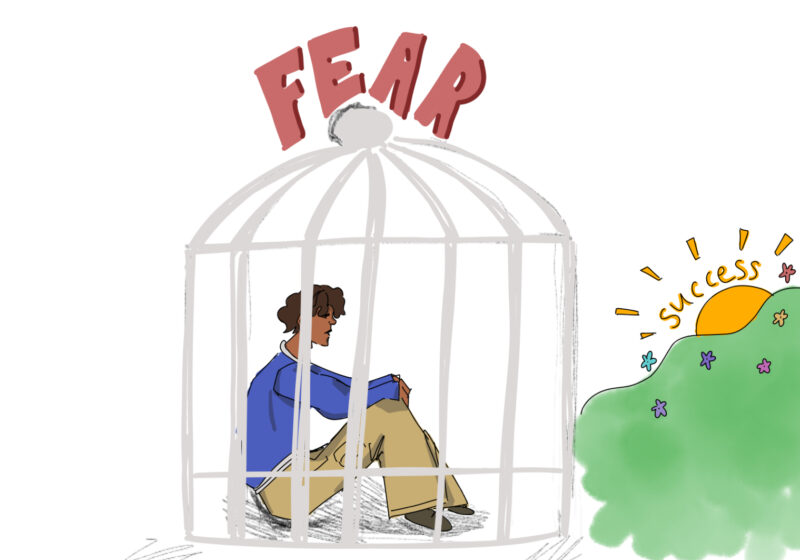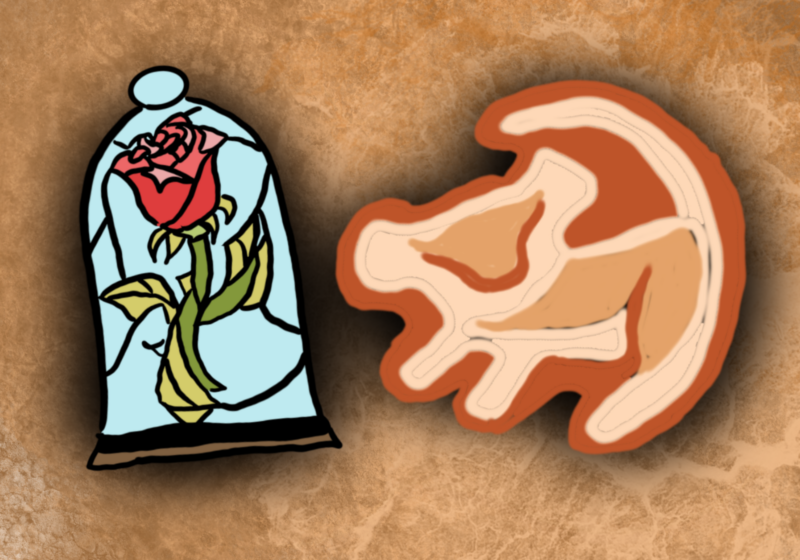The Campus Times spoke with sophomore Maral Arjomandi one of the dance captains of the ROC the Raas Indian dance team.
When did your group form and how did you come about forming?
Basically four to five years ago, there was a really strong interest for bringing Raas onto this campus, especially since Bhangra was so well known. So the founder of ROC the Raas did all of the paperwork and stuff like that and brought it on campus.
What differentiates Raas from different types of Indian dance, such as Bhangra, and why do you think there was a strong initiative to get Raas on the campus?
I can’t really compare it to other styles of Indian dance because I’m not as involved in other types of Indian dance. But in terms of if you wanted to compare it to Bollywood, Bollywood is very corny times 10 — it’s very lovey dovey, and it’s like what you see in the movies type of thing.
Bhangra focuses a lot on really powerful moves and fancy footwork, whereas Raas kind of combines everything into it — where it’s a very flirty dance, but at the same time we have very powerful and graceful moves, but we incorporate those moves into formations. So not only are you seeing really awesome moves, but you’re getting … an eye orgasm, basically (laughs). Because there are all these formations that are going right after another, you don’t get a break from … the music and the transitions, and it’s a really exciting combination of everything.
Are there distinct features of your dance as an art, and if so, what are they?
Raas is an art form because what we’re doing as a team is making all these powerful moves that really pump an audience up, but we’re putting our own enthusiasm and grace into it.
Is there a specific reason for the props you use in your dance?
The sticks are called dandiyas. I don’t know the historical significance behind the dandiyas, but in my opinion, it’s like an extension of your arm — you know how Sweeny Todd had the knife? — it’s kind of like that. But it’s like a part of your body, and it adds to the dance because you’re spinning them the whole time you’re dancing, and it’s something to give more power to your moves, because you’re not just doing stuff with your hands, you’re doing stuff to make these sticks go flying and twirling, and maybe you’re throwing them if you’re really talented in that way.
We also have these golden pots that girls dance with, and you can do more of a story with the pots — like, I’m scooping water, or I’m passing the pot to this girl, and she’s passing hers to me. You do really cute things with it, and you’re girly and cute and flirty.
In your opinion, what constitutes an ideal performance for your group?
I think our No. 1 goal for our performances is just getting the audience into our dance and getting them excited about seeing the performance. When we do dances, we’re always looking into the audience, or we’re always making eye contact, smiling, winking, bobbling our heads.
In terms of perfecting what moves we have — perfecting all of our formations, making sure that everybody’s on point — the better we are at that, the farther we’ll go as a team.
Do you enter into competitions?
Every year we go to a competition called Muqabla in Buffalo, and that’s when a number of teams come and compete. So, not only do we have styles of Raas there, but we also have Bollywood, we have fusion [and] we have Bhangra performing. That’s a really unique competition because you get to see all these different teams performing and get to compare yourself to them, but also just compare styles. I think three years ago we got first at that competition, and these past two years we’ve gotten second place.
Then last year the team also took a trip to Middlebury, in Vermont, and they had a performance there. We try to apply to an array of competitions here and there, and we’re a fairly new team so the better we get, the more competitions we’ll go to — so hopefully in the future, we’ll be going to a lot more.
What defines Raas as a dance team on the UR campus?
I think what makes ROC the Raas really unique here on campus is our diversity, because when people think, “they’re a traditional Indian dance team,” what comes to your mind? But when you see us on stage, you’re like, “Wow, there’s actually so many different people up there.” I’m Persian for example, and we have people from all over the country in this one dance group, and it’s really cool that all these different people can perfect this one dance and be really good at such a cultural dance that’s traditional to India, when they’re not even from India themselves. That makes us really unique and different from other teams.
Do you have any upcoming events?
Our major thing that’s coming up is called Mela, and that’s the cultural show that Aditi sponsors on campus. There are a lot of different dances that are going on, but ROC the Raas is performing at that, and we’ll have a totally new mix choreographed with totally new music. It’s going to be brand new and exciting, so people should definitely go out and see that. That’s our major show!
Cicoria is a member of
the class of 2012.






